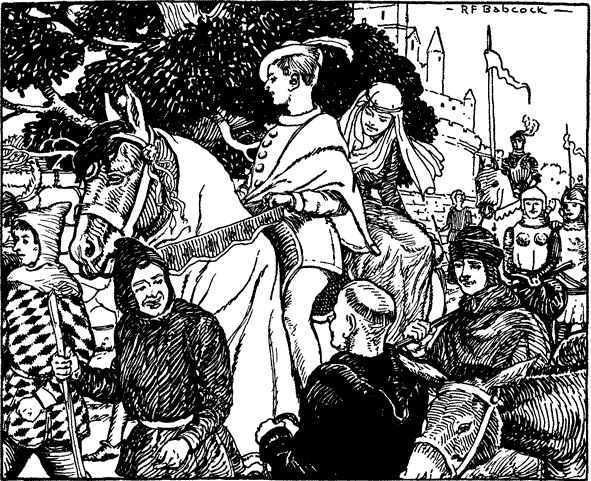Go offline with the Player FM app!
Episode 50: A Message from the Emperor, Part 1
Manage episode 153884972 series 1105768

We’ve been building up to some exciting ideas in these podcasts, many of which came to a head in Episode 47. Here are some of the key points:
I’ve been recommending that when we think about social structure we draw upon a different binary than those that are often used. Rather than individual-society, or self-body, I’ve proposed human body and social body. Thinking in terms of these two elements as two types of body makes it possible to explore how they interact with each other. It also enables us to focus in on to what extent this relationship shows what Emmanuel Levinas calls a responsibility to the other. To what extent do the human body and social body interact responsibly (in Levinas’s terms)? To what extent do they acknowledge each other’s otherness? To what extent are they witnesses to the ungraspable ‘beyond’ that each other represents?
For Levinas, this witnessing of the alterity of the other comes about through an encounter with the face. And I’ve proposed that the ‘face’ of a social body is the grammatical construction of descriptions of the social world.
But the image of the face may be a bit misleading. Talking to someone face to face is often understood as a way of understanding the ‘true meaning’ behind what they’re saying. It’s certainly not used (in everyday parlance, anyway) to mean something like ‘apprehending that which goes beyond meaning’ or ‘witnessing that which can never be understood’.
What we need, I’ve decided, is a fable – one that will give us a felt understanding of otherness. I draw upon Malcolm Pasley’s (1992) translation of Kafka’s ‘Message from the Emperor’ in The Transformation and Other Stories. At first glance, it seems to be a story of a message that never arrives. Instead, it’s a story of a message that could never arrive. If circumstances were different, it might be able to. Did you notice that we’ve moved into the realm of the irrealis? It’s in the irrealis that we begin to understand the other – a world that moves just beyond our view whenever we look at it. And yet somehow the irrealis encourages us to keep looking.
Tune in again next week for more on Kafka’s ‘Emperor’!
98 episodes
Manage episode 153884972 series 1105768

We’ve been building up to some exciting ideas in these podcasts, many of which came to a head in Episode 47. Here are some of the key points:
I’ve been recommending that when we think about social structure we draw upon a different binary than those that are often used. Rather than individual-society, or self-body, I’ve proposed human body and social body. Thinking in terms of these two elements as two types of body makes it possible to explore how they interact with each other. It also enables us to focus in on to what extent this relationship shows what Emmanuel Levinas calls a responsibility to the other. To what extent do the human body and social body interact responsibly (in Levinas’s terms)? To what extent do they acknowledge each other’s otherness? To what extent are they witnesses to the ungraspable ‘beyond’ that each other represents?
For Levinas, this witnessing of the alterity of the other comes about through an encounter with the face. And I’ve proposed that the ‘face’ of a social body is the grammatical construction of descriptions of the social world.
But the image of the face may be a bit misleading. Talking to someone face to face is often understood as a way of understanding the ‘true meaning’ behind what they’re saying. It’s certainly not used (in everyday parlance, anyway) to mean something like ‘apprehending that which goes beyond meaning’ or ‘witnessing that which can never be understood’.
What we need, I’ve decided, is a fable – one that will give us a felt understanding of otherness. I draw upon Malcolm Pasley’s (1992) translation of Kafka’s ‘Message from the Emperor’ in The Transformation and Other Stories. At first glance, it seems to be a story of a message that never arrives. Instead, it’s a story of a message that could never arrive. If circumstances were different, it might be able to. Did you notice that we’ve moved into the realm of the irrealis? It’s in the irrealis that we begin to understand the other – a world that moves just beyond our view whenever we look at it. And yet somehow the irrealis encourages us to keep looking.
Tune in again next week for more on Kafka’s ‘Emperor’!
98 episodes
All episodes
×Welcome to Player FM!
Player FM is scanning the web for high-quality podcasts for you to enjoy right now. It's the best podcast app and works on Android, iPhone, and the web. Signup to sync subscriptions across devices.




